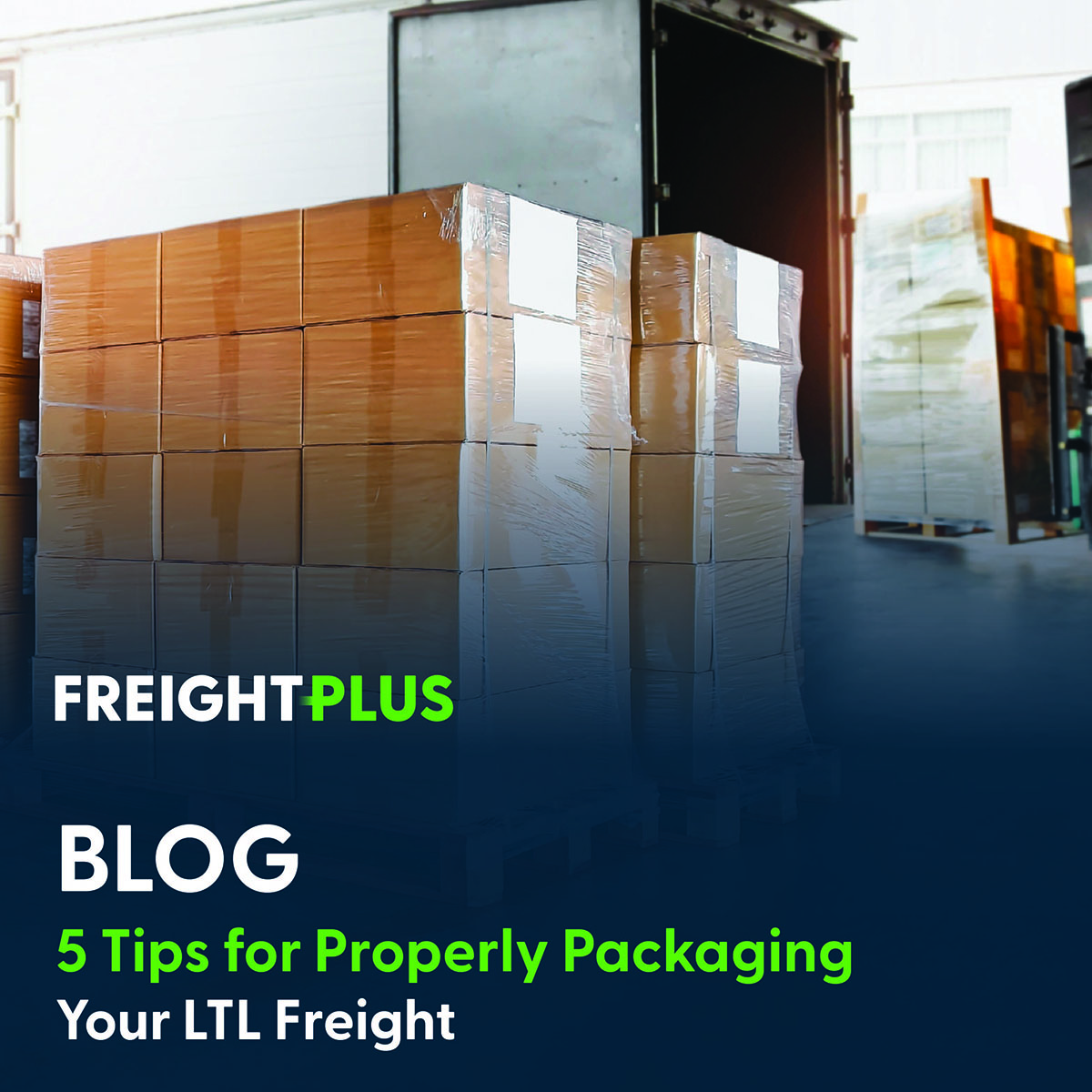When it comes to Less Than Truckload (LTL) shipping, ensuring your freight is properly packaged is essential for safe and efficient transport. The right packaging not only protects your goods but also plays a significant role in optimizing costs and preventing delays. Building on our previous discussion on preparing LTL shipments for pickup and delivery, this blog will provide you with five essential tips for properly packaging your LTL freight.
1. Choose the Right Packaging Materials
The foundation of effective LTL freight packaging starts with selecting the appropriate materials. Consider the nature of your goods—whether they are fragile, heavy, or oddly shaped—and choose packaging materials that offer the necessary protection. Here are some options to consider:
- Corrugated Boxes: Ideal for a wide range of goods, corrugated boxes are durable and can withstand stacking and handling pressures.
- Pallets: For larger or heavier shipments, using pallets helps in distributing weight evenly and makes loading and unloading more manageable.
- Cushioning Materials: Protect fragile items with bubble wrap, foam inserts, or packing peanuts. These materials absorb shocks and prevent movement within the package.
2. Utilize Proper Packing Techniques
How you pack your goods inside the packaging is just as important as the materials you use. These guidelines will help to ensure your shipment is secure:
- Even Weight Distribution: Distribute the weight evenly within boxes and on pallets to avoid tipping or shifting during transit.
- Fill Empty Spaces: Use cushioning materials to fill any gaps inside boxes, preventing items from moving and potentially getting damaged.
- Secure Sealing: Use strong, durable tape to seal all openings. Reinforce the edges and corners of boxes to prevent them from bursting open.
3. Label Clearly and Accurately
Accurate labeling is critical for the smooth handling of your LTL freight shipment. Here’s how to get it right:
- Include All Necessary Information: Make sure your labels include the full address of the destination, the shipper’s address, and any special handling instructions.
- Use Fragile Labels: If your shipment contains delicate items, prominently display “Fragile” or “Handle with Care” labels to alert handlers.
- Ensure Barcode Visibility: Position barcodes and tracking numbers where they can be easily scanned, avoiding corners or folds.
4. Secure Your Freight
Once your goods are properly packaged and labeled, the next step is securing them for transport. This step is crucial for preventing damage during the journey:
- Use Stretch Wrap: Wrap palletized shipments with stretch wrap to keep items tightly bound and prevent shifting.
- Apply Strapping: For additional security, use plastic or metal strapping to bind boxes to pallets. This reduces the risk of movement or separation during transit.
- Corner Protectors: If your shipment is heavy or fragile, consider using corner protectors to reinforce the packaging and reduce the risk of damage from impact.
5. Conduct a Final Inspection
Before your LTL shipment leaves your facility, conduct a thorough final inspection. This step ensures that everything is in order and helps prevent potential issues down the line:
- Check for Proper Sealing: Ensure that all boxes are securely sealed and that there are no exposed items.
- Verify Label Accuracy: Double-check that all labels are accurate and securely attached.
- Test for Stability: Give the pallets a gentle push to confirm that they are stable and that nothing shifts or moves easily.
Conclusion
LTL freight packaging is a key aspect of ensuring a smooth shipping process. By following these five tips—choosing the right materials, packing effectively, labeling accurately, securing your freight, and conducting a final inspection—you can significantly reduce the risk of damage and improve the efficiency of your shipments.



